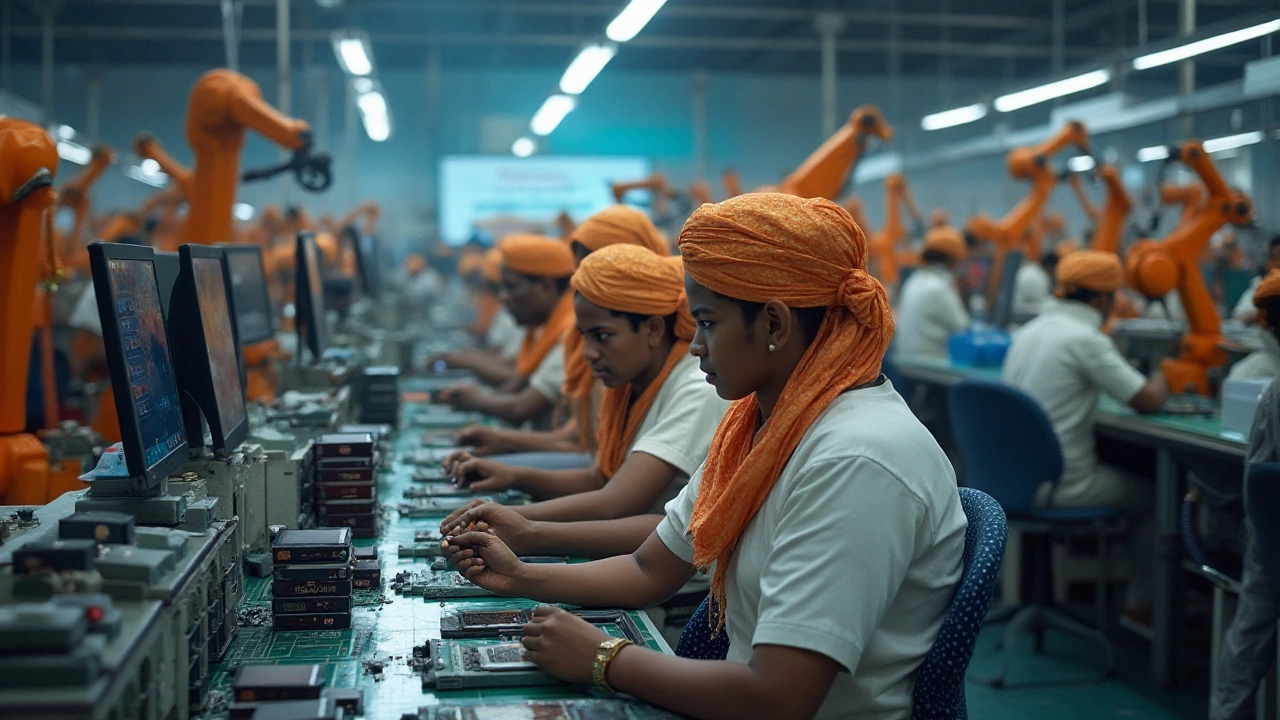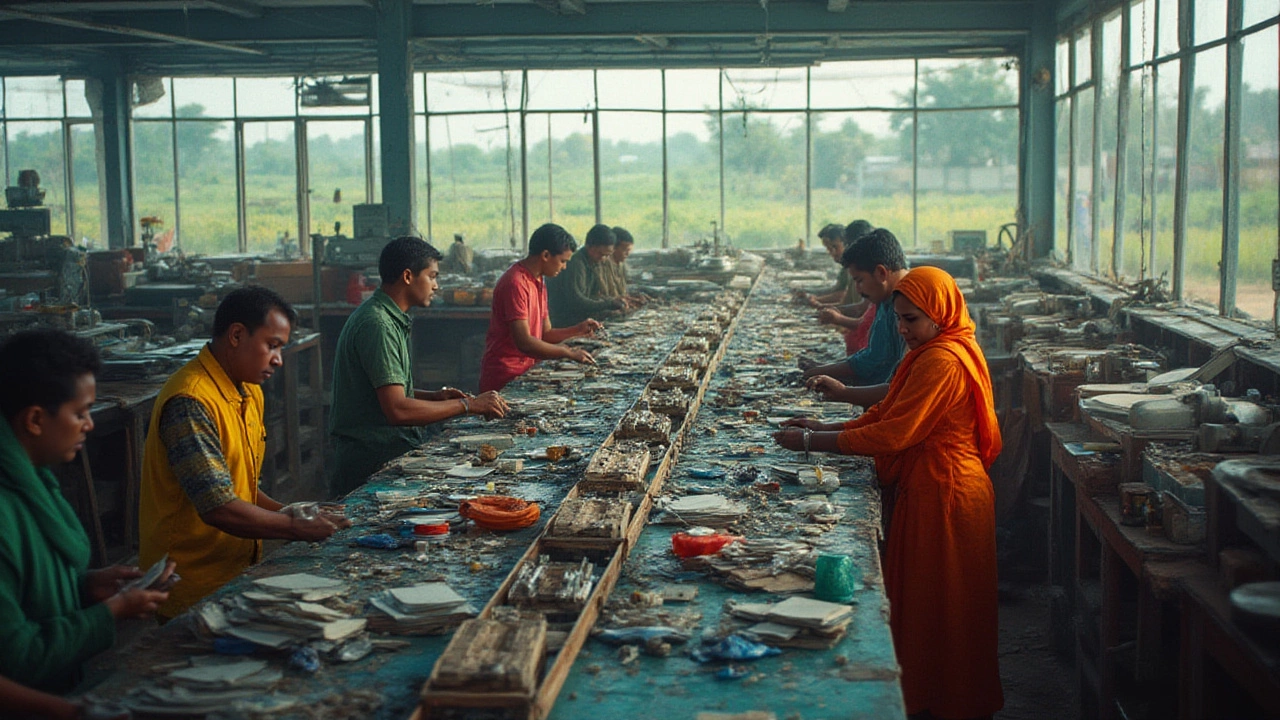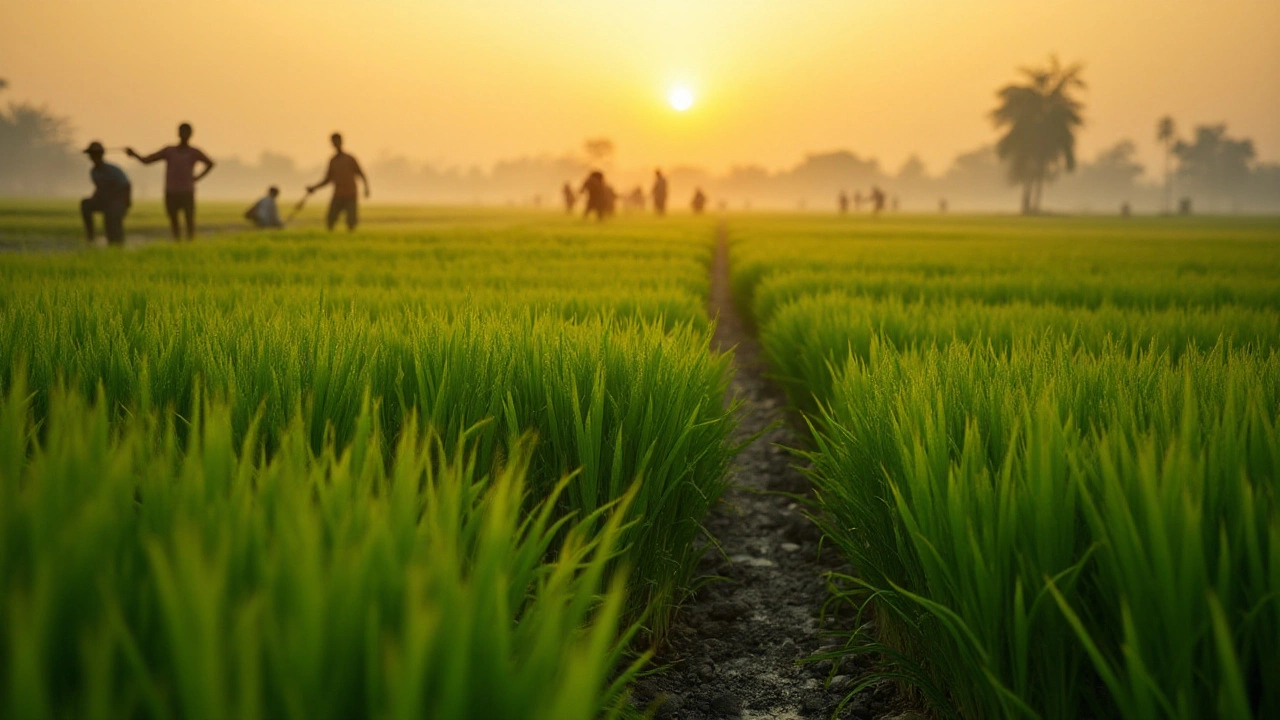Largest Producer of Pharmaceuticals – Who Leads and Why It Matters
When talking about the largest producer of pharmaceuticals, the country or entity that manufactures the highest volume of medicinal drugs worldwide. Also known as top pharma manufacturer, it plays a pivotal role in global health supply chains. largest producer of pharmaceuticals isn’t just a statistic; it shapes pricing, accessibility, and research momentum across continents.
One of the biggest drivers behind this title is India, a fast‑growing economy with a sprawling pharmaceutical sector. India’s drug output covers everything from generic tablets to complex biologics, making it a cornerstone of the pharmaceutical industry, the collective network of companies that develop, produce, and distribute medicines. This industry requires advanced equipment, skilled chemists, and robust quality systems – a classic example of a semantic triple: "pharmaceutical production requires advanced equipment". The scale of production also fuels a surge in drug manufacturing, the process of turning active ingredients into finished medicines, which in turn drives employment opportunities and export earnings.
Why the Landscape Matters
India’s dominance didn’t happen overnight. Historic players like Bengal Chemicals, the oldest pharmaceutical company in the country laid the foundation by pioneering local drug synthesis in the early 20th century. Their legacy shows how "old pharma firms shape industry evolution" – another semantic connection that highlights continuity and innovation. Today, the sector’s growth creates a cascade of high‑paying factory jobs; roles such as process operators, quality analysts, and industrial electricians often command top salaries in the manufacturing arena. This ties back to the triple: "high‑paying factory jobs are frequently found in pharma manufacturing". Moreover, the pharmaceutical supply chain intertwines with other manufacturing segments, like the plastic industry that provides packaging materials, reinforcing the notion that "pharmaceutical production influences related manufacturing sectors".
Beyond jobs and history, the scale of production impacts societal welfare. Large‑scale drug manufacturing lowers costs for essential medicines, improves access in remote regions, and boosts local economies through tax revenues and infrastructure investment. The ripple effect reaches farmers who grow raw materials, logistic firms that move bulk shipments, and research institutions that benefit from industry funding. All these pieces demonstrate how the "largest producer of pharmaceuticals" serves as a hub connecting health, economics, and technology.
Below you’ll find a curated set of articles that dive deeper into each of these angles – from the nitty‑gritty of container‑garden watering (because every sustainable practice matters) to the biggest paychecks in UK factory jobs, and even the story of India’s oldest pharma pioneer. Whether you’re curious about job prospects, historic players, or the broader impact of drug manufacturing, the collection offers practical insights and real‑world examples to help you understand why this title matters today.
Top Pharmaceutical Producing Countries and Global Pharma Industry Leaders
Explore which country is the largest producer of pharmaceuticals, how global pharma production works, and what sets industry leaders apart today.
- manufacturing
- India
- food processing
- garden tips
- rice cultivation
- government schemes
- balcony garden
- urban gardening
- balcony gardening
- profitable business
- business ideas
- plastic manufacturing
- drip irrigation
- plant care
- steel manufacturing
- sustainable gardening
- startup ideas
- steel industry
- flower gardening
- textile manufacturers






